- This Is Bayer
- Agriculture
- Consumer Health
- Pharmaceuticals
- Products
- Community
- News & Stories
- Careers
- This Is Bayer
- Agriculture
- Consumer Health
- Pharmaceuticals
- Products
- Community
- News & Stories
- Careers
This Is How We Farm

Every farmer has a story, and every farm is unique. Bayer’s story is one that spans more than 50 years as one of the largest contributors to Hawaii’s agriculture industry, with farms on Oahu, Maui and Molokai.

That’s approximately 8,000 acres of farmable cropland in Hawaii that is dedicated to the development of new varieties of crops, both conventional and biotech.

As the global agriculture industry continues to face new and familiar challenges, like food production, labor shortages, water stresses, pest control, plant diseases, and more, Bayer Hawaii is proud to remain committed to producing modern seeds that help farmers achieve better harvests while reducing their impact on the environment. Ultimately, our Hawaii farms play a critical role in developing new varieties of crops for farmers across the world. Our goal is to help create and support a sustainable food system for future generations.
What do we grow?
We use modern agricultural technologies to grow conventional seeds as well as genetically engineered seeds – commonly known as GMOs. Our seed products offer enhanced plant qualities, such as drought tolerance and improved resistance to disease and pests, to help farmers achieve better harvests while adopting more earth-friendly practices.
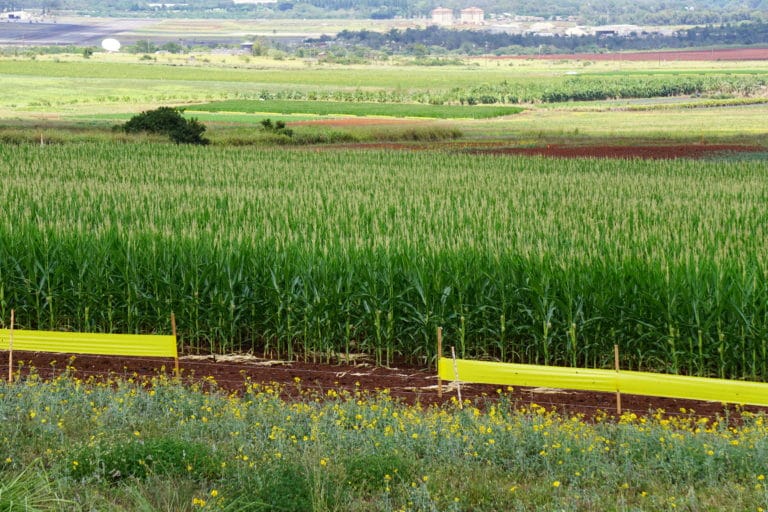
At Bayer Hawaii, more than 90 percent of our crops are corn. While we don’t manufacture and sell food directly to consumers, our seed products are sold to farmers across the world and eventually return to consumers as everyday products, such as cooking oil, snacks and alcoholic beverages. And some of our seeds are grown to produce animal feed for livestock like cattle and pigs. It’s estimated that nearly 70 percent of food products on supermarket shelves today, contain food ingredients derived from modern genetically engineered seeds – like the ones we grow right here in Hawaii.

Additionally, we lease out more than 600 acres across the state to local farmers to help support local food production. These farmers grow a variety of local produce, including fruit trees, cucumbers, tomatoes, chili peppers, taro, ulu, long beans, squash, okra, butternut squash, string beans and eggplant – many of which can be found at your local farmer’s market.
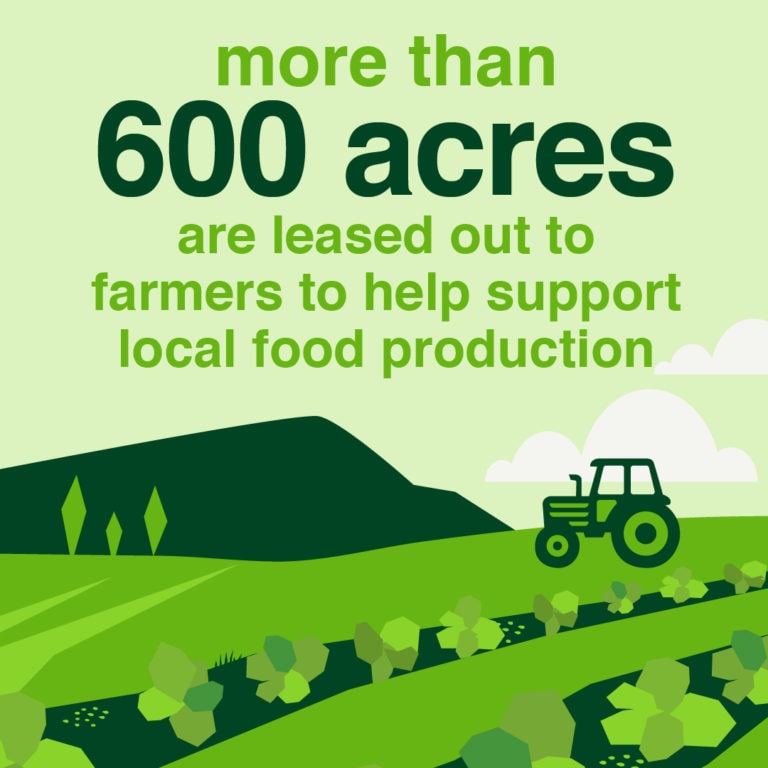
How do we grow?
Hawaii’s year-round climate provides the perfect growing conditions for corn. On an annual basis, each farm goes through at least two harvest periods, two fallow periods and two planting periods. Through our “This Is How We Farm” series, we look forward to giving our readers a deeper understanding of what each stage of the process entails – from crop protection and integrated pest management, to the use of digital technology which allows our farmers to be more precise and address issues before they become problems.
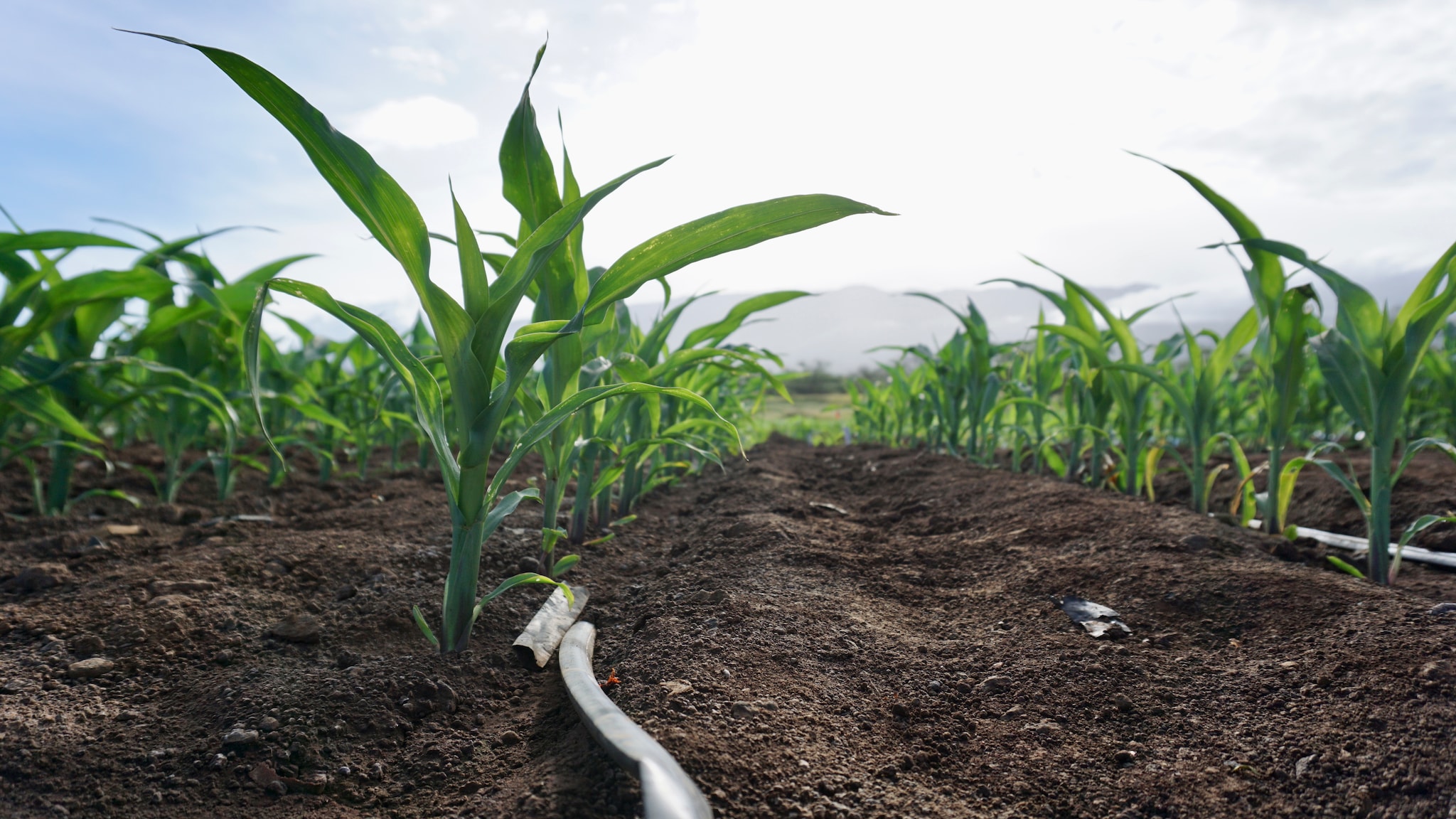

How do we contribute?
While growing genetically engineered seeds is a big part of what we do, it’s not all we do. We collaborate with many other individuals and organizations to support our surrounding communities and local farmers, through partnerships, including the Hawaii Agricultural Foundation Ag Park at Kunia, Hawaii Farm Bureau, Honouliuli National Monument, as well as various volunteerism initiatives and community gifts. And as we look to the future and the needs of the agriculture industry continue to evolve, it’s important that we continue to support and foster the next generation of farmers and scientists.
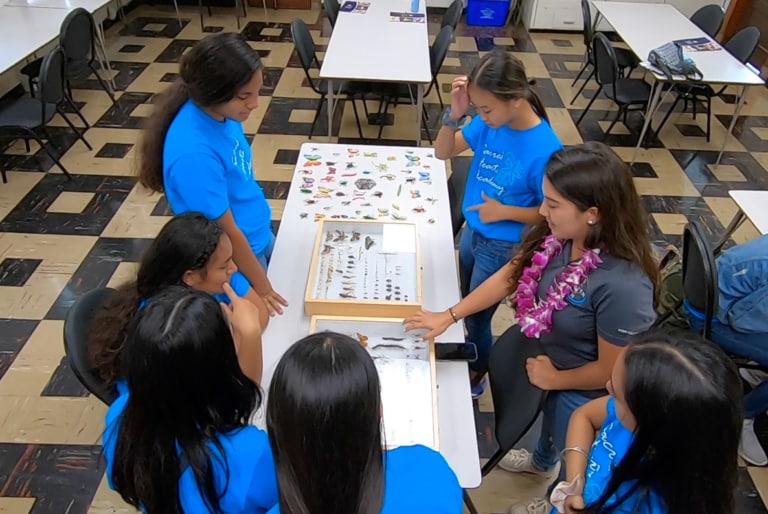
That is why our support for educational programs in the areas of science, technology, engineering and math is one of our highest priorities. We do this by providing scholarships to Hawaii students pursuing college degrees in agriculture and the life and agricultural sciences; student internships; grants for teachers; student farm tours, and more.
Over the years, we’re proud to have donated more than $1.2 million and hundreds of volunteer hours to benefit students and schools throughout the state.
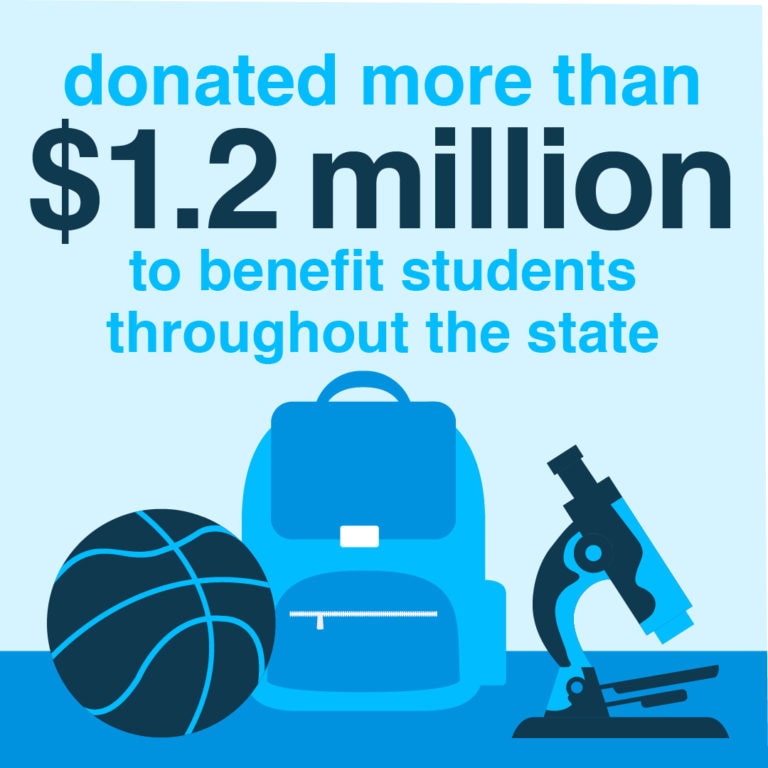
Bayer’s “This Is How We Farm” will provide a in depth look at what we do in Hawaii and we look forward to sharing our story.